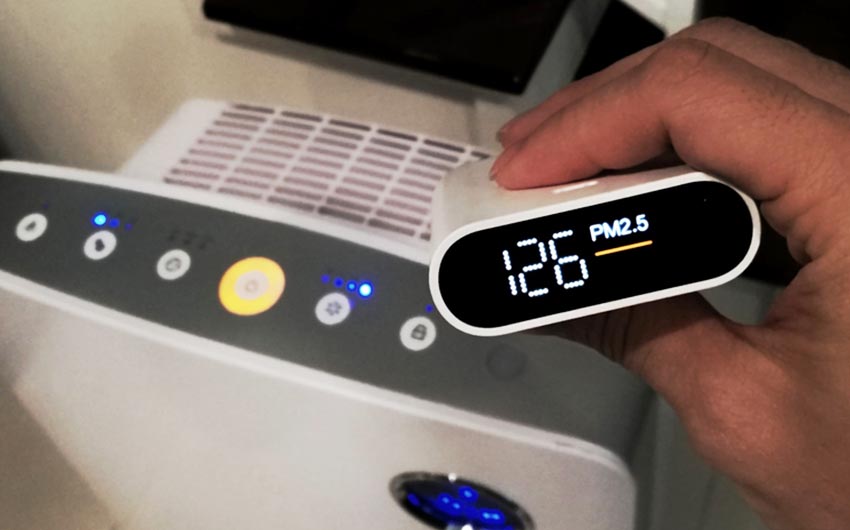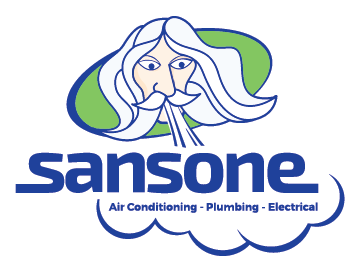
According to the Environmental Protection Agency, indoor air is often two to five times more polluted than the air outside. In fact, indoor air pollutants can be especially harmful to children, the elderly, and people with allergies and other health conditions. While the information is unsettling, the good news is that it’s entirely possible to improve your home’s indoor air quality. And, before doing so, it makes sense to test the air prior to devising an indoor air improvement plan. Although it’s recommended to have your indoor air quality tested by an HVAC professional, there are some measures you can take to test the air quality in your home.
Testing for Pollutants with Indoor Air Quality Monitors
Indoor air quality monitors are devices that continually test and report on the presence of pollutants. Different types of indoor air quality monitors measure different pollutants, like formaldehyde, humidity, VOCs, carbon monoxide, and more. Determining which monitor to purchase will depend on what pollutants you want to test for and other various factors (the type of HVAC unit, number of people in your household, indoor smokers, etc). If you live in a humid subtropical climate like South Florida, testing for humidity and VOCs could be insightful. If you live in a cooler climate and have a gas furnace, testing carbon monoxide levels is a smart idea. Perhaps you need an indoor air quality monitor that tests for several pollutants simultaneously. Once you’ve determined what you need to test for, you can browse through many types of indoor air quality monitors at your local hardware stores and online retailers.
DIY Testing for Mold
Indoor air quality monitors are excellent for testing a variety of indoor air pollutants, however, they do have one shortcoming — they are unable to test the air for mold. While it’s recommended to have your air tested professionally for mold, DIY mold testing kits available at your local hardware stores, as well as online retailers, can be especially helpful for those on a budget.
Carbon Monoxide Alarms
As an additional safety precaution to your indoor air quality monitor, installing a carbon monoxide alarm in your home will promptly alert you of dangerous carbon monoxide levels. Carbon monoxide is a colorless, tasteless, odorless, and highly toxic gas. With the Carrier® CO alarm, you are able to monitor the current CO level in your home on an easy-to-read digital display. When dangerous levels of CO are present, a loud, audible alarm alerts you and your family automatically.
How to Improve Indoor Air Quality
Once you’ve been testing your indoor air quality with your monitors, you may see areas where you can improve — such as the levels of VOCs, humidity, and formaldehyde. Fortunately, improving your indoor air quality isn’t as difficult as you may think, and you can start today by taking the following measures:
- Invest in an air purifier
- Decorate with air-purifying houseplants
- Purchase a dehumidifier
- Schedule regular HVAC maintenance
- Professional ductwork cleaning
- Change air filters regularly
Test Air Quality in Your Home
At Sansone, we have an entire team of experienced HVAC professionals ready to assist you. We provide services in Broward, Palm Beach, and St. Lucie. Tell us about your needs and we’ll discuss the best options for your South Florida home.
Contact us today or schedule an appointment online.
Broward: (954) 800-2858
Palm Beach: (561) 701-8274
St. Lucie: (772) 879-5656

